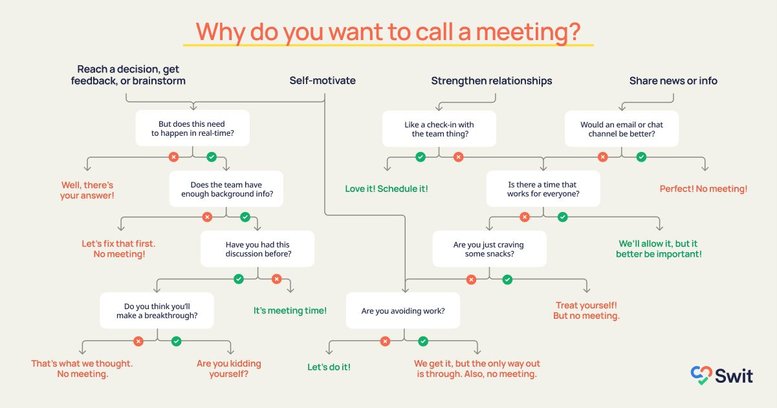
The Relationship Between Productivity and Growth
Create an environment conducive to profitability
May 18, 2023
The metrics may vary but every business sets out with the goal of being profitable. Profitability simply means yielding a revenue greater than operational costs. In most cases, profitability and productivity go hand in hand. So, what do you do if your productivity is on the decline? The first step is to find the reason behind this change.
There can be several possible causes, but the most common ones are related to either overuse or underuse of your most important resource: your employees. When a highly skilled workforce feels their time is wasted doing simple admin tasks, it leads to demotivation and a lack of ownership in their role at the company. Charging your team with more than they can handle or overwhelming them with inflexible deadlines also leads to mistakes and incomplete tasks. Fixing these mistakes means additional costs in terms of time.
In the sections that follow, we’ll discuss the most common causes of lost productivity and provide solutions with both short and long-term benefits.
How does low productivity impact a business?
Diminished returns
A reduced rate of productivity results in a reduction in both the quality and quantity of your product or service. If the end user is unsatisfied with their purchase, it will affect your bottom line through poor reviews and loss of repeat customers. Increased time and cost for the same amount of output is a detriment to profit margins.
Disengaged employees
Managers should know their team members’ strengths and weaknesses. There is a delicate balance to assigning tasks — too difficult and it will cause demotivation, or too easy and employees will be mentally checked out.
Employee disengagement leads to low team morale. When members of the team do not feel valued, it affects their performance. This is likely to cause them to look for greener pastures elsewhere.
Mismanagement of workforce
At times employees may be assigned busy work just to give them something to do. Even if a hundred percent of the employees’ time is utilized, that does not imply that the allocation of resources is optimal. They might be spending their time on low-priority or mundane admin tasks that have little impact on the output.
Expecting the efficient members of the team to pick up the slack for the slower workers will cause burnout. This imbalance has a domino effect on the entire team, resulting in overall poor performance.
Delayed timelines
Poor productivity and low motivation can be contagious. When one person is not working at an optimum level, it can affect everyone else’s performance too. This leads to delayed deadlines and may eventually cause the business to lose potential and existing clients.
A vital ingredient for creative thinking is motivation. If employees feel disinterested and not invested in their jobs, they won’t come up with creative ideas or provide solutions to existing problems.
High employee turnover
Some of the reasons attributed to high employee turnover include a lack of innovation, a lack of employee appreciation, and a toxic workplace culture.
A workplace where the staff doesn’t feel valued, where productivity is declining, and where missed deadlines put undue pressure on your team, is not a place that can retain its people. Your best employees will quit and as word about the work environment gets out, it will also affect the talent you attract.
How to enhance employee productivity
Reduce meetings
On average, employees spend about 21% of their working time in meetings and feel that 25% of that time is wasted due to a lack of preparation, delays, or an unnecessary meeting altogether. There’s a reason “This could have been an email” has become such a beloved meme!
There are times when a meeting is essential, and in those cases, you should take these steps before you schedule one. Set an agenda and create a list of the important points you want to go over. Share all relevant files beforehand so everyone has a chance to digest the information and bring any questions regarding the material.
You can use the Calendar to schedule meetings and send out invites within Swit, and Swit also comes in handy when you find a meeting isn’t necessary. In chat channels, use the Ideation tab when inspiration strikes or pin important messages so everyone has access. Turn chat messages and emails into task cards, where you can continue the conversation in the comments. Attach all relevant files to the task cards and link related tasks. Create checklists with assignees and deadlines to ensure projects stay on track. In this way, contextual integrity is preserved and transparency is ensured.

Career-building opportunities
Part of a manager’s job is to acknowledge their team’s capabilities and provide them with skill-building opportunities accordingly. Based on the skill set, organizations should form an individual development plan for every employee and fuel their professional growth.
Through Swit, HR and management can collaborate with the team to create evaluation forms that allow individual employees to discuss their job satisfaction, skills, competencies, autonomy, etc. The Approvals feature lets employees request job-related tools, reimbursement for travel or expenses, or PTO when required. Quarterly OKRs are a great way to assess if everything is on track and make adjustments as needed. At Swit, employees have access to an Education Fund for certification courses and seminars that have the potential to improve current job performance and also open up future opportunities.
Foster an innovative culture
An innovative and performance-driven culture helps ensure that everyone is working to the best of their abilities. When employees know that their contribution will help the company achieve its strategic goals, they will take ownership and strive their hardest.
A company culture that recognizes talent and hard work creates a highly productive team. Recognition can be through incentives, such as bonuses or cash prizes, or with awards and trophies. At Swit, Employee of the Month is a way to do both; peers vote for a colleague to be recognized each month and the winner receives accolades for a job well done and a monetary reward.
A growing, productive business is only possible when you invest in and advocate for your employees. Swit has built-in and customizable tools that can handle all your business needs, and the scalability to remain your work hub of choice as your business evolves into an enterprise. Contact Swit today to learn more!
Nyda Ahmad, Copywriting Manager